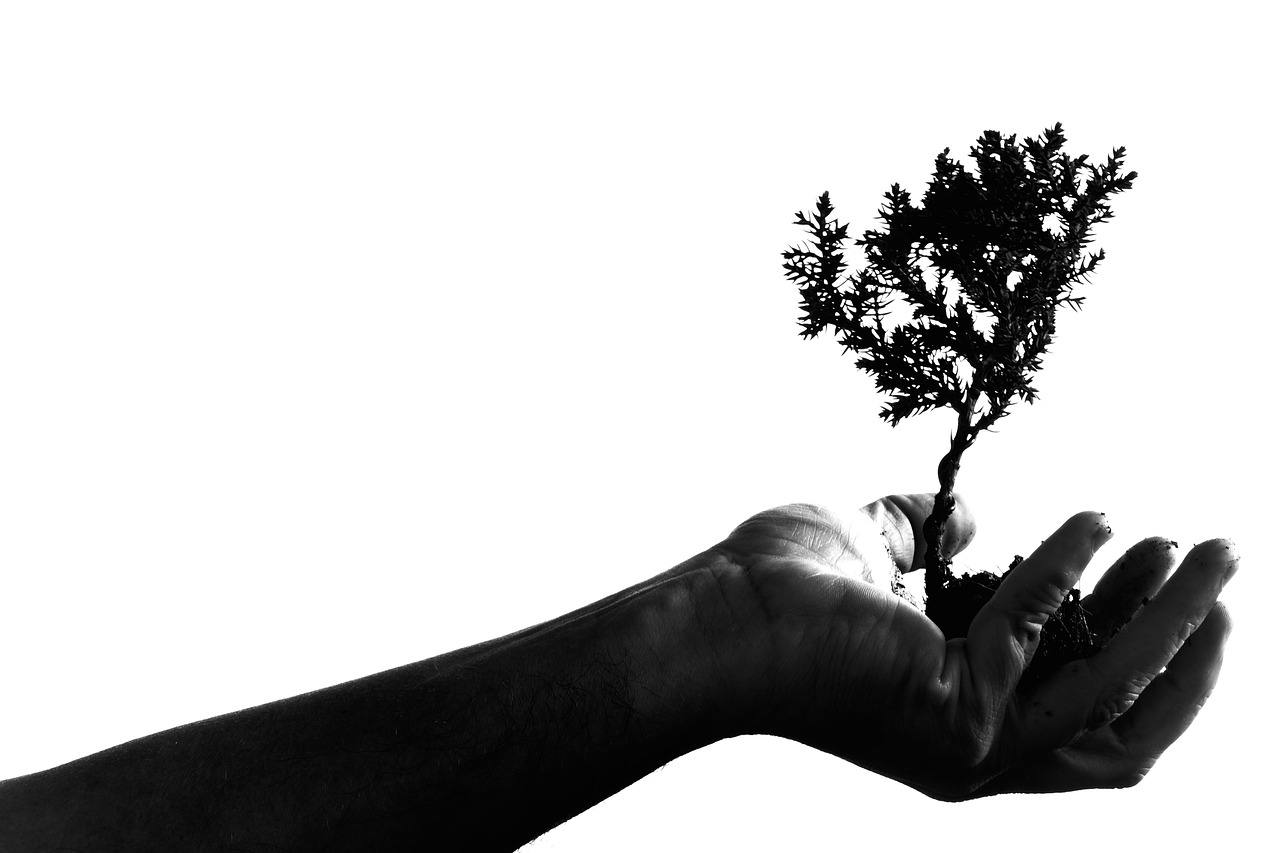Understanding Why We Lose Ourselves in Relationships—and How to Heal
We all long for connection. But for some, relationships can feel like an emotional rollercoaster—full of giving, pleasing, fixing, and, too often, losing ourselves in the process. If you find yourself over-functioning in relationships, neglecting your own needs, or feeling responsible for other people’s emotions, you may be experiencing codependent patterns. And one of the deepest roots of codependency often lies in your attachment style.
What Is Attachment Style?
Attachment theory, originally developed by psychologist John Bowlby, helps explain how our earliest bonds—especially with caregivers—shape the way we connect with others throughout life. These early experiences influence how safe, secure, and worthy we feel in close relationships.
There are four main attachment styles:
- Secure – Comfortable with intimacy and autonomy.
- Anxious – Craves closeness, often fears abandonment.
- Avoidant – Values independence, tends to withdraw emotionally.
- Disorganized – A mix of both anxious and avoidant behaviours, often rooted in trauma or inconsistent caregiving.
These patterns form in childhood, but they echo into our adult relationships—especially romantic ones.
What Is Codependency?
Codependency is a relational pattern where a person tends to focus on others at the expense of themselves. It often includes:
- Difficulty setting and maintaining boundaries
- A strong need to be needed
- Taking responsibility for others’ emotions or behaviours
- Low self-worth outside of helping or fixing others
Though not a clinical diagnosis, codependency is a real and painful pattern many people struggle with—particularly those who grew up in environments where love and safety were unpredictable.
How Attachment Style Fuels Codependency
Let’s explore how insecure attachment styles, especially anxious and disorganised, often create the emotional groundwork for codependent behaviors:
1. Anxious Attachment & Codependency
Those with anxious attachment may have grown up feeling unsure whether love or attention would be consistently available. As adults, they may:
- Feel responsible for maintaining the emotional well-being of others
- Avoid conflict for fear of being abandoned
- Overgive in hopes of receiving love in return
- Feel “not enough” unless they are helping or fixing
This creates a cycle where they base their worth on being needed—and fear that setting boundaries could cost them connection.
2. Avoidant Attachment & Codependency
Though less obvious, avoidant individuals can also engage in codependent dynamics. They may not feel dependent, but they might:
- Take on the caretaker or “rescuer” role while staying emotionally distant
- Suppress their own needs, while managing others’ crises
- Use control or competence as a substitute for intimacy
Here, codependency can show up as silent overfunctioning—being the “strong one,” while disconnecting emotionally.
3. Disorganised Attachment & Codependency
This style often involves childhood trauma or inconsistent caregiving. As adults, these individuals may:
- Alternate between clinging and withdrawing
- Struggle with trust and emotional regulation
- Feel intense fear of abandonment, even in unhealthy relationships
This instability often leads to intense, codependent relationships marked by highs, lows, and deep emotional enmeshment.
Breaking the Cycle: Awareness Is the First Step
Understanding your attachment style isn’t about blame—it’s about insight. When we understand why we behave the way we do in relationships, we can begin to choose different paths.
If you’re noticing codependent patterns in your life, here are some ways to begin healing:
- Explore your attachment history: Working with a therapist can help uncover the origins of your patterns.
- Practise boundaries: Saying no doesn’t make you unlovable—it makes your relationships healthier.
- Reconnect with your own needs: You matter, even when no one needs you.
- Build self-worth from the inside out: You are enough, apart from your role as a helper or caretaker.
Therapy Can Help
At its core, both codependency and insecure attachment reflect a longing to feel safe, loved, and valued. Therapy offers a space to untangle those patterns, build emotional resilience, and create relationships rooted in mutual respect and authentic connection.
If you’re ready to explore these dynamics and begin healing from within, I’m here to walk that path with you.
Want to learn more about your attachment style or explore how to move beyond codependent patterns? Schedule a consultation today.

